Is Tinsel Made From Metal?
Ever wondered what tinsel is made from?
On December 1, families all over the world haul out the sparkly centrepiece of Christmas celebrations, the
Christmas tree. No tree is complete without sparkling décor. Perhaps the most common is the material of the moment: tinsel.
Tinsel as we know it is perhaps the least expensive of all Christmas decorations. This glittering garland is mostly made from types of foiled plastic. But it didn’t always come so cheap.
In fact, it turns out tinsel has its roots in the metal industry! Our team is a leading Queensland profile cutting and metal processing company. Here we investigate tinsel’s origins as part of our ShapeCUT Christmas Special!
A History of Metal Tinsel
1600’s: Silver Tinsel
There is some debate, but tinsel is thought to have originated in Nuremberg, Germany in the 1600’s.
Strands were crafted from thinly sliced silver to reflect the abundance of candlelight at Christmas.
Silver tinsel was reserved for the incredibly wealthy and was also quick to tarnish. It’s no wonder the material was quickly replaced with something more practical: copper or tin.
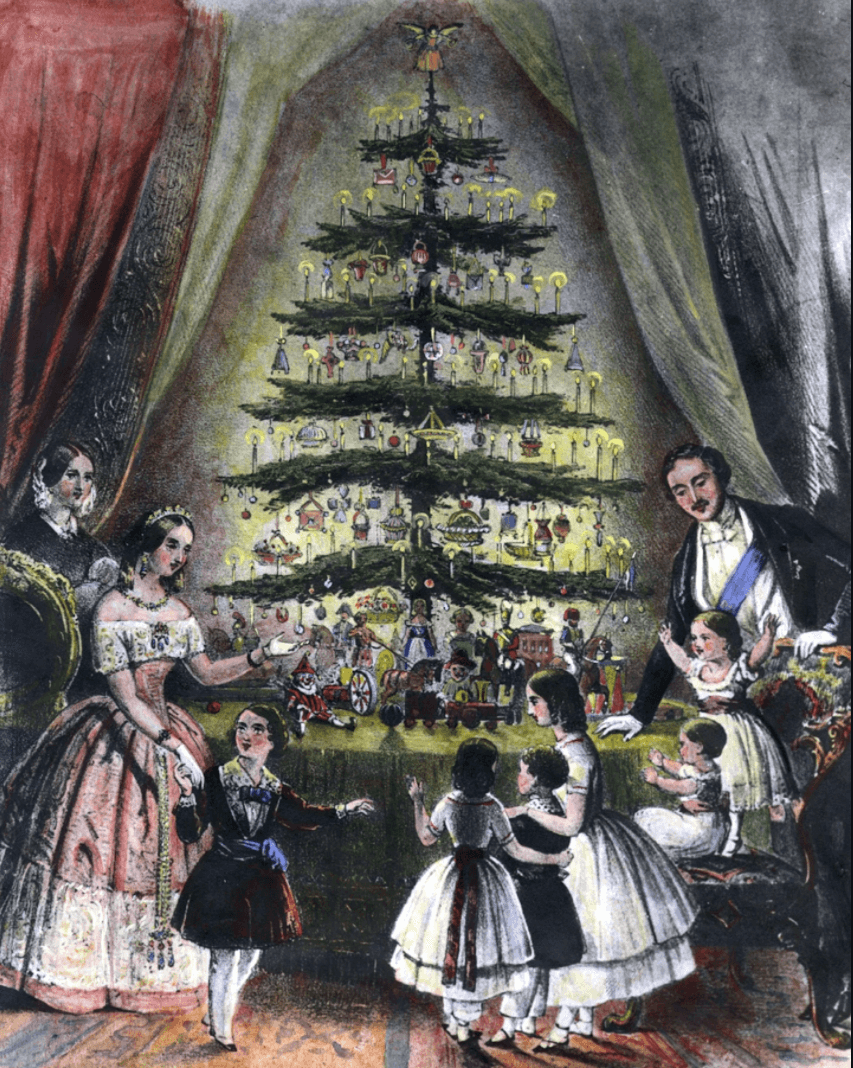
Late 17th – early 20th Century tinsel: copper, tin and lolly wrappers?
Copper and tin tinsel really took off. Copper and tin tinsel was cheaper and more widely available. It sparked a sparkly trend that spread over centuries throughout Europe and America, under the guidance of German immigrants.
Metal tinsel was sometimes substituted by other sparkly adornments like ribbon, strands of silk, and shiny wrappers from sweets, beauty products and cigarette packets.
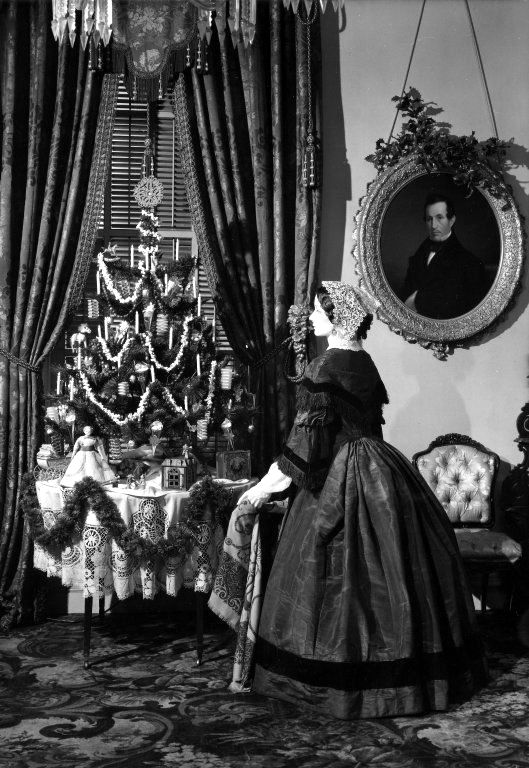
In 1914, World War I meant that tin was in short supply and all copper production was reserved for the war. An alternative was needed.
20th Century: Aluminium and Lead Tinsel
Aluminium tinsel was the natural choice for a metal replacement, but quickly caused problems (and house fires!) due to it’s highly flammable properties.
Before people knew about the poisonous nature of the metal, the next best bet was lead. By the 1920’s, lead tinsel exploded in popularity and became mass produced. A German company became the face of tinsel with Stanniol Lametta, which translates to ‘tiny blade’. This product was made from lead alloy foil and tin.
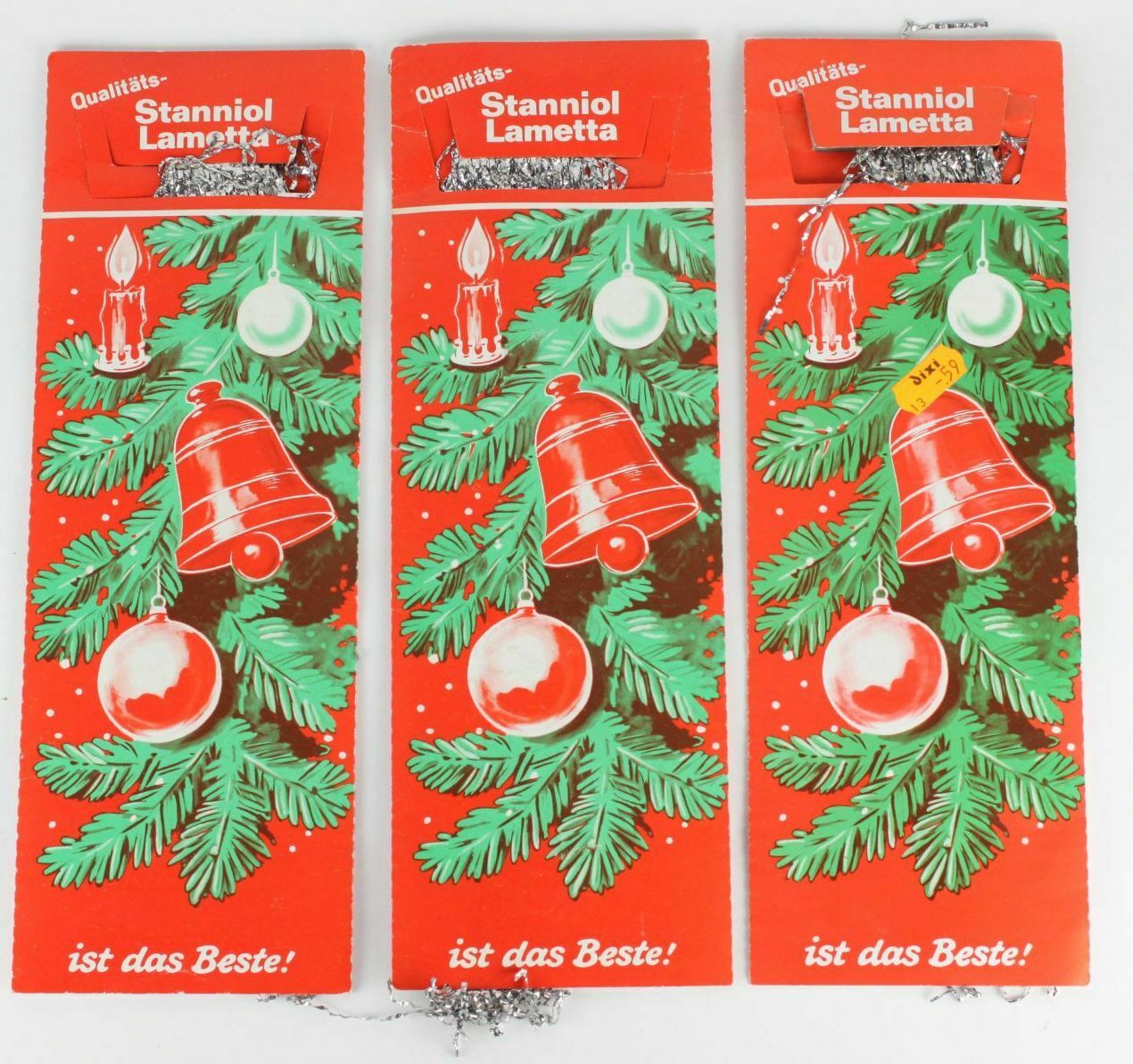
Lead tinsel hung around all the way into the early 1970s.
But in 1972, growing awareness of the harmful nature of lead exposure led to a lead tinsel ban and manufacturers ceased production.
How Modern-Day Tinsel is Made
You may be asking: Is modern day tinsel still made from metal? The answer is a resounding – “sort of”.
Most tinsel today is made from plastic polymer, such as polyvinyl chloride (PVC) that gets its shine from a thin coating of metal, like aluminium foil.
Metallisation involves heating and evaporating the metal of choice under a vacuum, and condensing it on to the plastic.
These metallised PVC sheets are passed through cutters to be shredded, pulled through a wire and strung along a wire, spun together to create the feathered layers material, and cut into lengths, ready for shipping.
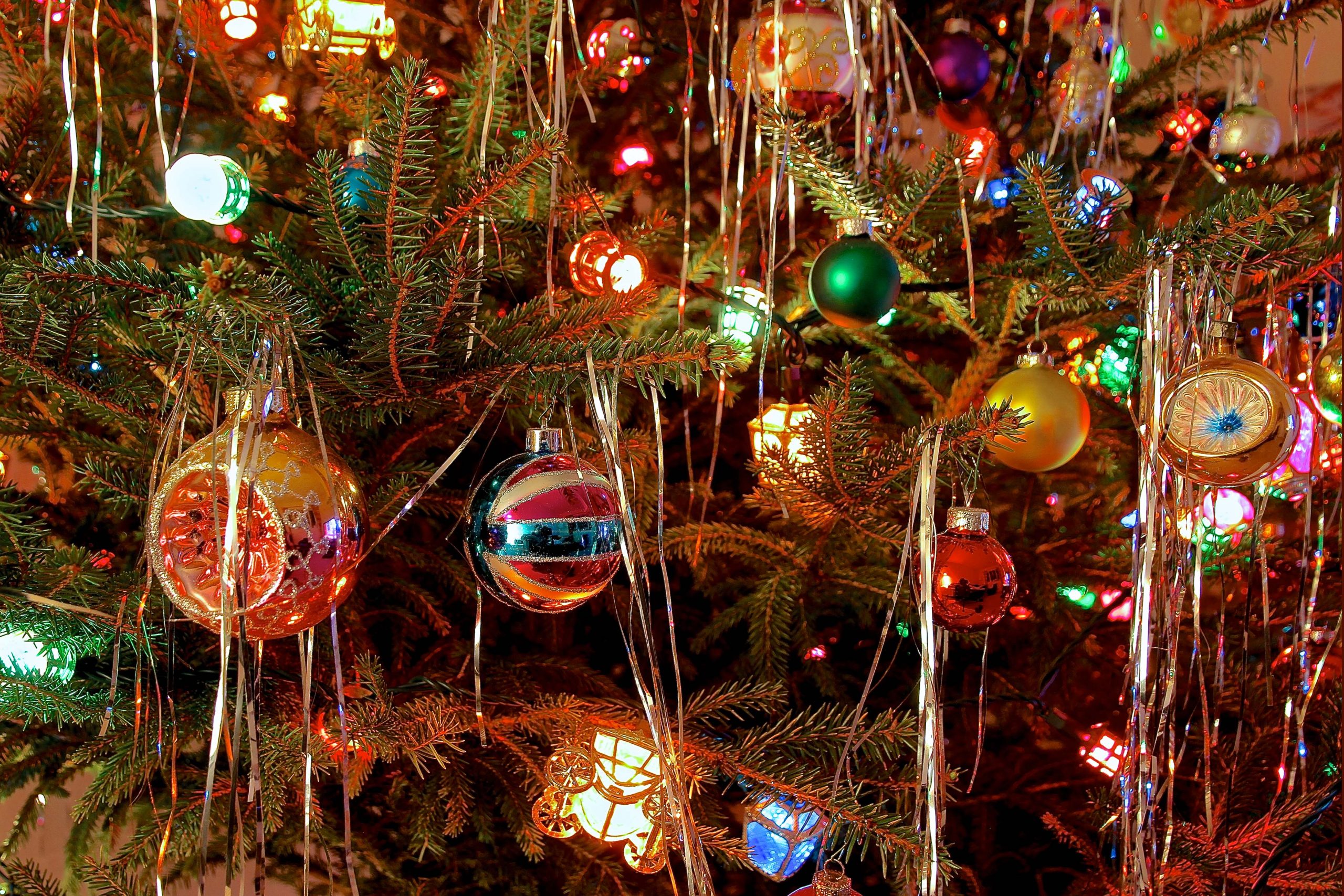
These days, there are plenty of alternative tinsel materials:
- You can now buy bio-degradable tinsel made from paper
- You can make the switch to Raffia tinsel: which is made from the raffia palm tree
- If you’re feeling nostalgic, and know a little German, it is rumoured that German silversmiths still sell real silver tinsel
- You might also be able to pick up some vintage silver and aluminium tinsel on places like etsy and ebay
- Or, there’s always the DIY option: You can make homemade tinsel out of tin cans, or aluminium foil garlands.
And that’s a wrap on ShapeCUT’s take on the very merry metal history of tinsel!
On behalf of our entire ShapeCUT team, we wish you and your families a very Merry Christmas and look forward to supporting all your metal processing and profile cutting needs in the new year!
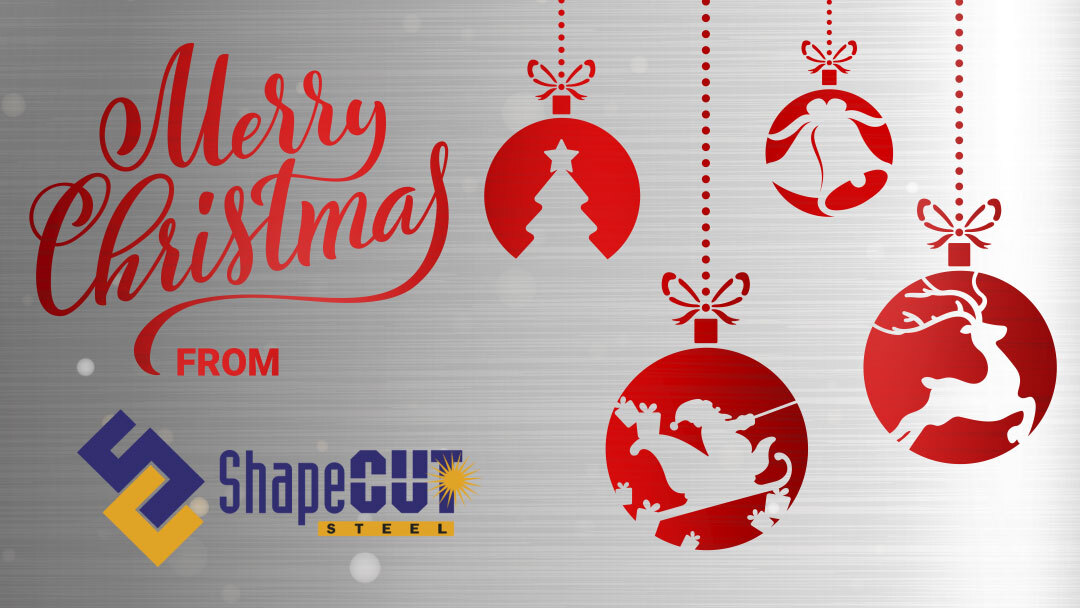
Contact Us To Find Out More
We ensure a fast, exact and economical steel solution for our clients. Call our team today to discuss your steel cutting and metal processing requirements.
Get Our Newsletter
Contact details
121 Mica Street, Carole Park,
QLD, 4300, AUSTRALIA
Freecall: 1800 SHAPECUT (1800 742 732)
Telephone: (07) 3271 5600
Facsimile: (07) 3271 5454
Email: sales@shapecut.com.au
Accredited Profile Cutting

Profile Cutting
Metal Processing Services
©2025 ShapeCut | Website design Brisbane by iFactory | Privacy Policy | Search | Sitemap



